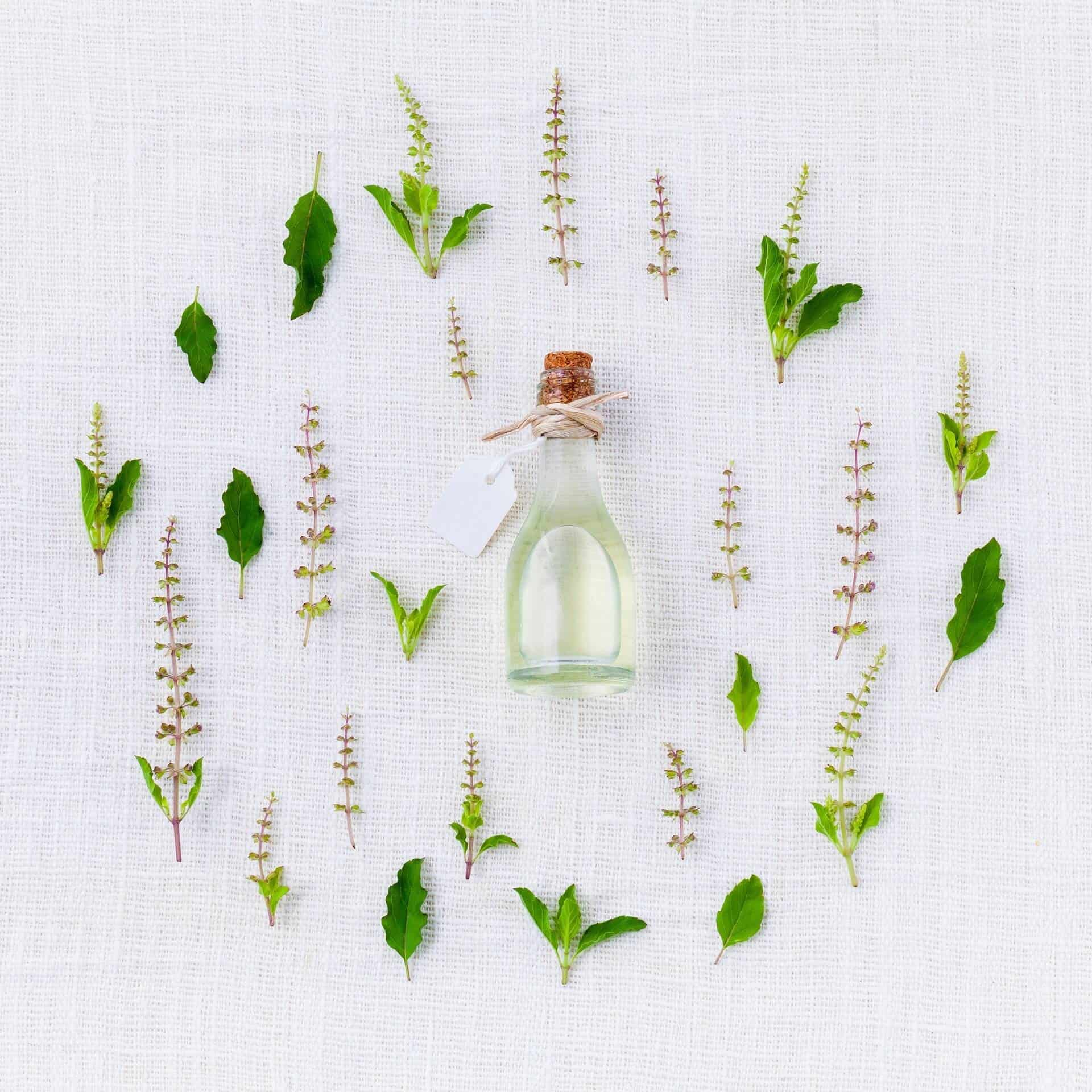What is herbalism therapy? What is herbalism used for? What is a herbalist?
These questions are becoming more and more prevalent in modern society as patients seek holistic alternatives to medical drugs. In its simplest form, the answer to “What is herbalism?” is that herbalism is a branch of botanical study dedicated to understanding and using plants for medicinal purposes, or as a beneficial supplement to one’s diet. Herbalism also goes by the name “phytotherapy”.
Contents
What is Herbalism Therapy?
Herbalism therapy as we know it today draws from the best of ancient herbal knowledge as well as modern medical and herbal research to provide a holistic remedy that will help the body heal itself. Unlike modern medicines which sometimes have severe side-effects, herbs are most of the time, safer to use. Medical drugs are often derived from herbs. But since you are not presented with the whole herb in original form, herbalists point out that medical drugs are often out of balance with nature (1).
What is Herbalism Therapy Good For?
Herbalism therapy benefits not only the physical affliction but also provides benefit to the mental and emotional well-being of the patient. Through the use of different parts of plants, the herbalist will be able to provide an individualized prescription to the patient. This will be designed to not only treat the affliction itself, but also the underlying cause thereof.
Although modern medicine has become the leading treatment modality in most of the Western World, World Health Organization statistics show that as much as 80% of the Third World still relies on herbal remedies for medicinal purposes.
What is a Herbalist?
According to the dictionary definition, a herbalist (or “herb doctor”) refers to an individual who “… collects or deals in herbs”, specifically herbs that can provide medical benefits. They use different parts of the plant, such as stems, roots, flowers, fruit, for unique purposes. For example, passionflower, which is the flower of the granadilla plant, can be prescribed as a sedative by e.g. brewing a tea or using a tincture. At the same time, the passion-fruit (or granadilla-fruit) is also edible and highly nutritious.
History of Herbalism
Archeological finds dated at around 3300 B.C. shows the use of herbs by prehistoric man. While the first written record of herbalism – the Pen Ts’ao by Shen Nung, was found in China and dates back to around 2500 B.C. It described 365 different herbal remedies – but the original text no longer exists.
Different Types of Herbalism
In our modern society, different schools of herbalism are often prevalent within the same cities. This includes European, American, Chinese (TCM), or Indian (Ayurvedic) methodologies. Herbalists will also draw from knowledge of, amongst others, African, Australian and Asian methodologies. Despite geographical differences, there is one common factor to all herbalists – the holistic treatment of the whole person, instead of only treating the specific ailment.
African Herbalism
A practitioner dealing in African herbalism often makes a diagnosis through spiritual means rather than examination. African herbalists work on the premise that ailments are a result of social or spiritual imbalance. Traditional herbal healing is widespread in Africa due to the lack of availability of affordable medical care in urban areas. In addition, it’s difficult for locals to travel from a rural area to the city to see a medical doctor.
Information about African herbalism is not well documented and is generally passed on orally. African herbalism is one of the oldest therapeutic methods in existence.
South American Herbalism
In the South American regions, herbalism is practiced by several cultures, the Incas and Aztecs in particular. The Inca herbalists combined herbalism with Shamanism.
The Kallawayas, of the Bolivian region, is the oldest Shaman order, with about 90 practitioners, and extensive knowledge of approximately 900 indigenous herbs. Shamans typically use their knowledge of herbs, magic, and natural healing to treat their patients.
The earliest herbal manuscript for South American herbalism is the Badianus Manuscript written in 1552.
Indian Herbalism
The predominant Indian herbalism method is Ayurveda. The name is derived from “Ayur”, meaning life, and “Veda”, which means science, or knowledge. The oldest herbal school in the world was founded in India in about 800 B.C. The renowned Indian scholar Charaka describes 1500 medicinal herbs in his book Charaka Samhita, which is still used today by Ayurveda herbal practitioners.
As with all other herbalism disciplines, Ayurveda is holistic and concentrates on prevention rather than cure.
Western Herbalism
Western herbalism combines European and North American herbal knowledge to provide a holistic approach towards healing. Unlike current medical practices, Western herbalism relies on the knowledge of the integrated workings of parts of the human body, rather than focusing only on specific processes. A study conducted by the Medical University of South Carolina (2013), found a desire within the medical fraternity to expand their practices to include the use of complementary herbal remedies alongside mainstream medicines.
According to the Free Dictionary, some western herbalists categorize herbs according to their strength, action, and characteristics (namely sedatives, stimulants, laxatives and “febrifuges” – to reduce fever). Other classification systems draw from Chinese Herbalism and include (2) :
- Tonics: To strengthen and nourish
- Specifics: For acute treatments e.g. Echinacea
- Heroics: High potency but potentially toxic, and
- Cleansers: For detox.
Traditional Chinese Medicine
The Divine Farmer’s Classic of Herbalism is a compilation of knowledge from many healers and herbalists, spanning at least 2000 years. It is a highly organized volume of herbal remedies which is still used by Chinese herbalists. Traditional Chinese Medicine practitioners have access to over 5000 herbs, and often incorporate acupuncture and Tai-Chi into their treatment schedules.
Herbalism While Traveling
Interviews with 14 traveling herbalists, from nutritionists to Ayurveda practitioners, revealed many similarities in their must-have herbal travel packs. Apart from herbs used for country-specific health risks, the following herbs were used by at least half of the herbalists interviewed.
- Yarrow tea: Very versatile herb sometimes used for blood circulation, wound healing, digestion, allergies, and detox.
- Propolis: Many potential benefits against cancer, allergies and infections – but be cautious if you have bee allergy.
- Elderberry: Can boost your immune system and help with cold and flu.
- Ginger: Digestive aid, contains anti-oxidants, also an adaptogen.
- Rescue Remedy: Helps with anxiety and stress.
- Probiotics: For a healthier digestive system.
- Sesame Oil: Many health-tonic benefits including anti-cholesterol, rich in valuable minerals and reduces anxiety.
- Triphala pills: Health tonic often prescribed in Ayurvedic medicine.
- Lavender Essential Oil: Calming effect and amongst other uses, helps with insect bites.
Unless its a city like Amsterdam, where (almost) all herbs are legal and openly sold in smartshops, I generally prefer traveling in Third World countries to study herbalism. There tends to be stricter legislation in the First World against herbal medicine, which is a pity. This takes the freedom away from the consumer to decide for themselves whether a particular herb might be helpful with their ailments. Instead, the “Nanny State” controls everything and makes the choices for you.
Another factor, is in the First World e.g. Europe or North America, temperatures are colder. Thus there aren’t rain-forests like in South American countries, with interesting plants.
The Bottom Line
When traveling to a foreign destination, you’ll have access to a wide range of local herbs and remedies that’s been used by local populations for centuries.
No matter where you travel, add some herbalism knowledge to your overseas adventure by visiting local herbal markets, stores, herbal schools, and by talking to a few local herbalists.
Have you experimented with Herbal Remedies? Which are your favorite herbs to use while traveling? Post your tips and questions below!


